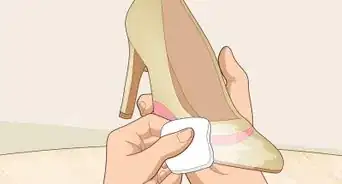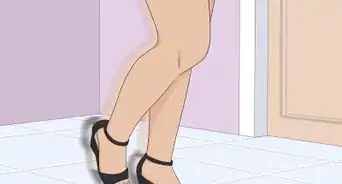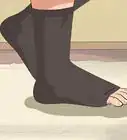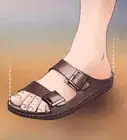This article was co-authored by Kathi Burns, CPO®. Kathi Burns is a board certified Professional Organizer (CPO) and Founder of Organized and Energized!, her consulting business with a mission to empower people to master their environment and personal image by assisting them in taking control, making change and organizing their lives. Kathi has over 17 years of organizing experience and her work has been featured on Better Homes and Gardens, NBC News, Good Morning America, and Entrepreneur. She has a BS in Communication from Ohio University.
wikiHow marks an article as reader-approved once it receives enough positive feedback. In this case, 100% of readers who voted found the article helpful, earning it our reader-approved status.
This article has been viewed 84,802 times.
Ladies, do you want to wear high heels with confidence? High heels can get a bad reputation for being uncomfortable or impossible to walk in: but the truth is, they don't have to be. Once you have a quality, good fitting high heel shoe, and some practice walking in them, you can wear high heels with ease.
Steps
Finding a Great Fitting Shoe
-
1Get your feet measured and sized.[1] It is important to know the exact size of your feet when purchasing shoes. Once at a shoe store, you can ask a sales associate to assist you in proper foot measurement so that you can find shoes that fit you correctly.[2]
- Wearing shoes that are even just a half size off can make for a very painful outing. Your poor tootsies will be in pain and your leg muscles will be very sore.[3]
- Make sure your toenails are trimmed so that they do not scratch your toes once your shoes are on.
-
2Find out the shoe width. Many fashion shoes come in a standard medium width, but you may have feet that require a wider or more narrow fit. When you find a pair of shoes you love, see if they come in different widths.
- A shoemaker can usually stretch the shoes to widen the toe box, enhancing the comfort of the shoe.
- If you have narrow feet, buy foot inserts that help your foot grip the shoe and fill up any extra space on the sides.
Advertisement -
3Always try the shoes on prior to purchase. Remember, not all shoes follow the same sizing standards.[4] Two different pairs of shoes in the same size can fit you very differently. Shoes can run big or run small, so it is important that you always try them on in the store before you buy them. Also, the shape of the shoe can play a major factor in how they fit your feet.
- If the shoes pinch you even a little when you are trying them on, do not buy them. It will only get worse.
-
4Test the shoes around the store. If you are purchasing shoes in a store, try on the shoes and walk around in them for two minutes. This will be enough time for you to feel if they are causing you any discomfort. If they fail the two-minute test, you should probably find a pair of heels that is more comfortable.
-
5Buy quality shoes.[5] It feels great to find inexpensive merchandise, but shoes are not an item you want to skimp on. Do your research before purchasing shoes, especially high heels, and make sure they are a trusted brand. Your feet are the foundation of your body and it is important that they receive great care and stay healthy.
Protecting Your Feet from Injury
-
1Treat blisters on your feet. Blisters can develop on your feet from your toes sliding forward, too-tight shoes, or sweaty feet that cause too much friction in your shoe. To help soothe your blisters, cover them with moleskin bandages. These types of bandages are softer and will allow your skin to more easily breathe. Your blisters will surely prevent you from walking normally if you leave them untreated.[6]
-
2Invest in shoe inserts designed for high heels. Shoe inserts will help your foot fit more securely in your shoe, allowing you to wear them longer. There are foam and gel inserts available to use. The foam inserts can be cut to your foot size, while gel inserts are transparent and provide discreet comfort. They help keep your foot in place and can support your foot's natural arches, keeping your feet comfortable.[7]
-
3Plan your shoes for the occasion. You should wear specific types of heels depending on whether you will be inside or outside. If you plan to spend time outside in the grass, or walking long distances on surfaces you are not familiar with, choose shoes that have a wider "contact point" on the bottom so you don't trip.[8] If you are going to be inside, make sure there is friction, or texture, on the bottoms of your shoes so you do not slip.
- High heels that have spiked heels can easily pierce soft ground. If you wear them outside you will be sinking into dirt all day.
- Preferably, you want the heel to have a wide "contact point," the point at which the bottom of the heel touches the ground, for outside use. The wider the contact point, the less likely you are to fall sideways and twist your ankle, fall, or both.
-
4Take off your heels during long stretches. If you are wearing your shoes to work, or for more than four hours a day, find a places to take them off for a few moments. This will allow you a chance to stretch out your foot muscles and prevent your feet from injury.[9]
- Flex your feet and rotate your ankles when you slip your shoes off for a few minutes. You can do this under your desk at work or even in the bathroom.[10]
Practicing How to Walk in Your Heels
-
1Learn how to walk properly in heels. When you wear heels, your body has to take a different approach to walking because of the new angle at which it places your legs and feet. Try following a simple approach to help you more easily walk in high heels. First, take a step forward, starting with your heel, and rock all the way forward to the tip of the toe. Repeat these two words with every step as a reminder, "heel - toe; heel - toe; heel - toe...", and before you know it, you will feel sturdy, stable, confident, and comfortable walking in heels.
- Eventually, you will develop muscle memory to walk comfortably and easily in heels.
- After you can walk at a good pace, watch yourself in a mirror to smooth out your new strut. Your stride should be natural, and your body should remain perpendicular to the floor.
- If you catch yourself wobbling unsteadily, slow it down again until you feel good.
-
2Practice good posture. You should walk as if you are being pulled up by a string. As you walk, use your hips to shift and lift your legs to the center with each step you take. Condition your body to deal with the changes in posture, which will engage different muscles than when you are walking barefoot or in flats. Your feet, ankles, knees, and back will thank you![11]
- Keep your back straight, don't slouch.
- Don't block your arms when walking, swing them normally.
- Take small steps and walk in a straight line.
-
3Work your way up to longer wearing time. You wouldn't go from couch potato to marathon runner in one day. Similarly, you can't go from ballet flats to four-inch stilettos in one day. If you are planning to wear heels for a special occasion, begin by wearing them for increasing intervals of time every day prior to your event. First, wear them for thirty minutes, then an hour the next day, and then two hours. This will help prepare you for an extended time in your heels.
-
4Practice essential movements in your heels. Start slow by walking back and forth on a non-slippery surface. Then, try to walk up and down stairs. Make sure you can bend over to pick things up. Try wearing a pair while vacuuming, getting ready in the morning or before bed, and running small and routine errands.
-
5Have confidence. Some people feel silly putting on a pair of heels... don't! Envision yourself becoming a fashion hero when you put them on, and people will envy your confidence. You probably look great wearing them, so don't let uncertainty trip you up.
- Trust your shoes. If you are afraid, you will block and contact your body, so you won't be able to walk normally. If you are confident, you will forget you are wearing them and walk normally.
Expert Q&A
Did you know you can get expert answers for this article?
Unlock expert answers by supporting wikiHow
-
QuestionHow can I wear high heels without pain?
 Kathi Burns, CPO®Kathi Burns is a board certified Professional Organizer (CPO) and Founder of Organized and Energized!, her consulting business with a mission to empower people to master their environment and personal image by assisting them in taking control, making change and organizing their lives. Kathi has over 17 years of organizing experience and her work has been featured on Better Homes and Gardens, NBC News, Good Morning America, and Entrepreneur. She has a BS in Communication from Ohio University.
Kathi Burns, CPO®Kathi Burns is a board certified Professional Organizer (CPO) and Founder of Organized and Energized!, her consulting business with a mission to empower people to master their environment and personal image by assisting them in taking control, making change and organizing their lives. Kathi has over 17 years of organizing experience and her work has been featured on Better Homes and Gardens, NBC News, Good Morning America, and Entrepreneur. She has a BS in Communication from Ohio University.
Board Certified Professional Organizer
References
- ↑ Kathi Burns, CPO®. Board Certified Professional Organizer. Expert Interview. 31 December 2019.
- ↑ http://shoes.about.com/od/fitcomfort/ss/measurefeet.htm
- ↑ http://shoes.about.com/od/fitcomfort/ss/measurefeet.htm
- ↑ Kathi Burns, CPO®. Board Certified Professional Organizer. Expert Interview. 31 December 2019.
- ↑ Kathi Burns, CPO®. Board Certified Professional Organizer. Expert Interview. 31 December 2019.
- ↑ http://www.womenshealthmag.com/beauty/feet-pain-from-blisters
- ↑ http://www.edwardantrobus.com/2013/personal/financial/cushioned-insoles-worth
- ↑ Kathi Burns, CPO®. Board Certified Professional Organizer. Expert Interview. 31 December 2019.
- ↑ http://www.active.com/fitness/Articles/5-Foot-Stretches-to-Prevent-Injuries
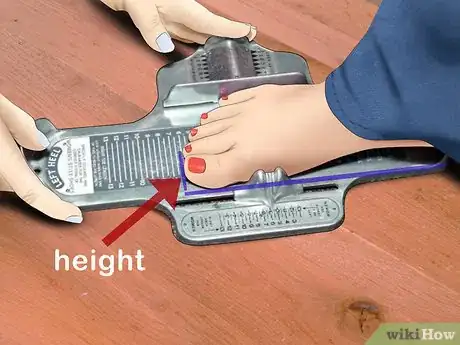

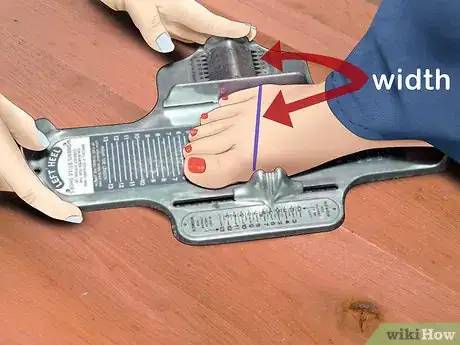
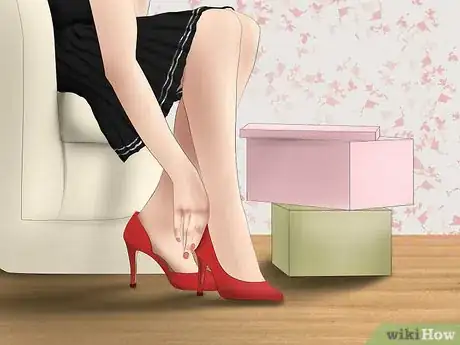

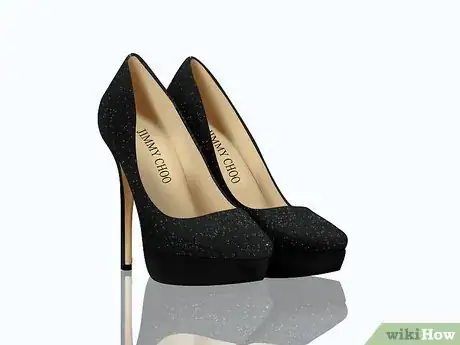
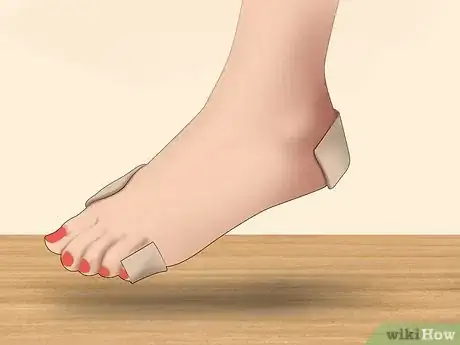
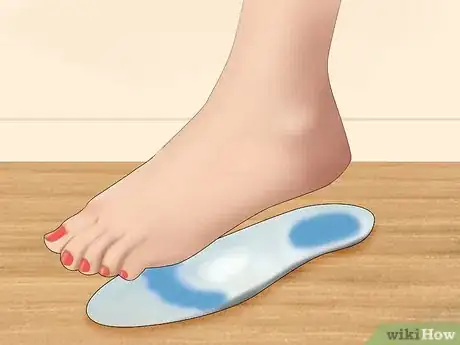
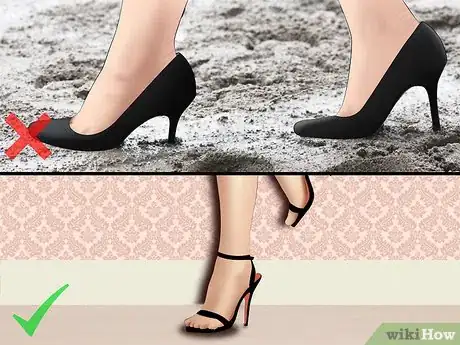
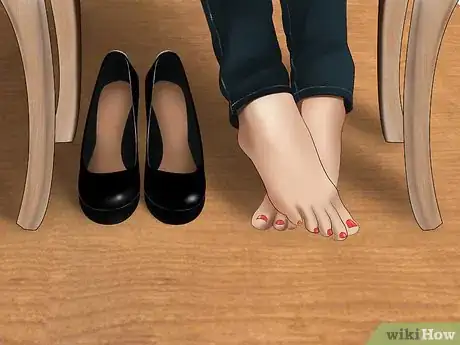
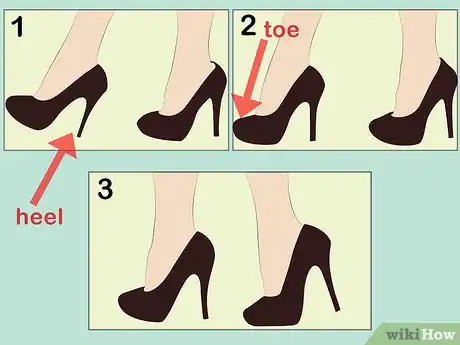
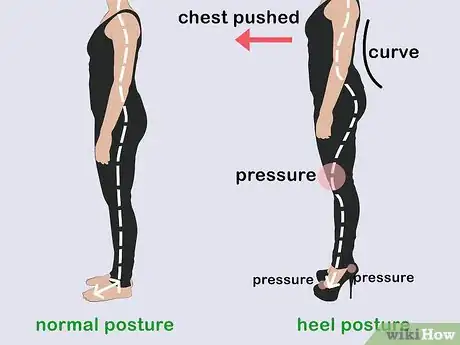


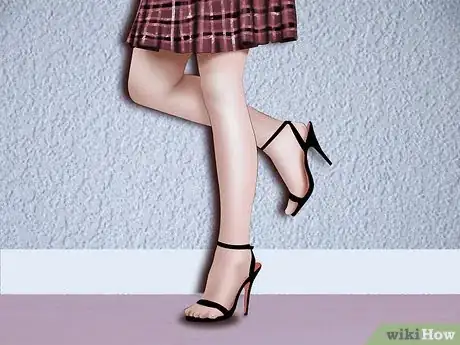
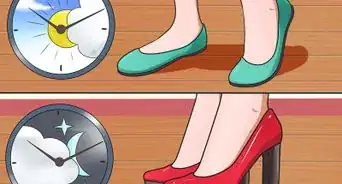
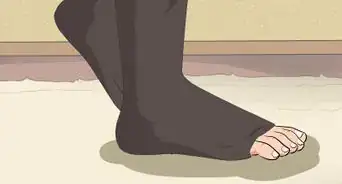
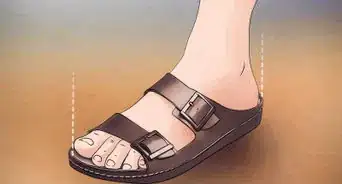


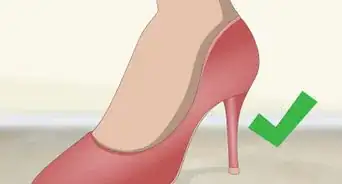

-Step-21.webp)

